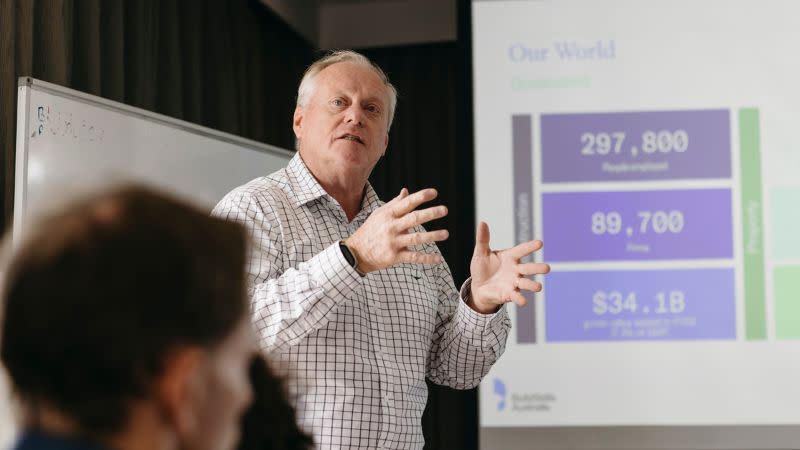Federal Taskforce Hunts Solutions to Labour Crisis

With construction activity tipped to rise another 10 per cent in Queensland in just five years, it made sense for the BuildSkills Australia national tour to stop first in Brisbane.
The federal government initiative held a roundtable discussion with industry leaders in the River City to discuss issues and potential solutions to the sector’s woes, which, while tipped to ease, are far from over.
The tour is being undertaken as BuildSkills Australia works towards a national workforce plan for the construction, property and water industries.
BuildSkills Australia chief executive Brett Schimming said all roads would lead to Queensland during the next five years.
“In the short term, we know the impact of the pandemic on the labour market will ease over the next 12 to 24 months, resulting in a better balance between supply and demand,” Schimming said.
“However, by 2028 the level of construction activity in Queensland is expected to increase more than 10 per cent to just shy of $80 billion, and this is when we expect to see a structural deficiency of labour arising from a widening gap between workforce supply and demand.
“This will lead Queensland to overtake Victoria as the second largest construction state in the country and threaten New South Wales’ top spot.
“Our roundtable discussions are briefing employers, industry associations and unions on the challenges we see while we seek their feedback on what we can do today to prepare for tomorrow.’’

BuildSkills research and planning executive director Rob Sobyra said the built environment sector must rethink its skills and training to be ready for the future.
“The skills we used last century are not the same we need for the next one,’’ Sobyra said.
“To increase productivity and close the supply-demand gap we need to produce more with less.
“While Queensland has become the economic centre of gravity in Australia, the sector could face an 11.8 per cent undersupply in workers by 2032.
“We must attract a larger proportion of the labour force to the sector and adopt new processes, technologies and innovations to drive the sector to a more sustainable future.
“This means increasing female participation, taking a fresh look at an ageing workforce and a wholesale review of pathways, participation and productivity.’’
BuildSkills’ national workforce plan will be launched this year and will guide the Federal Government’s response and policy making on the current and emerging workforce as well as skills and training.















